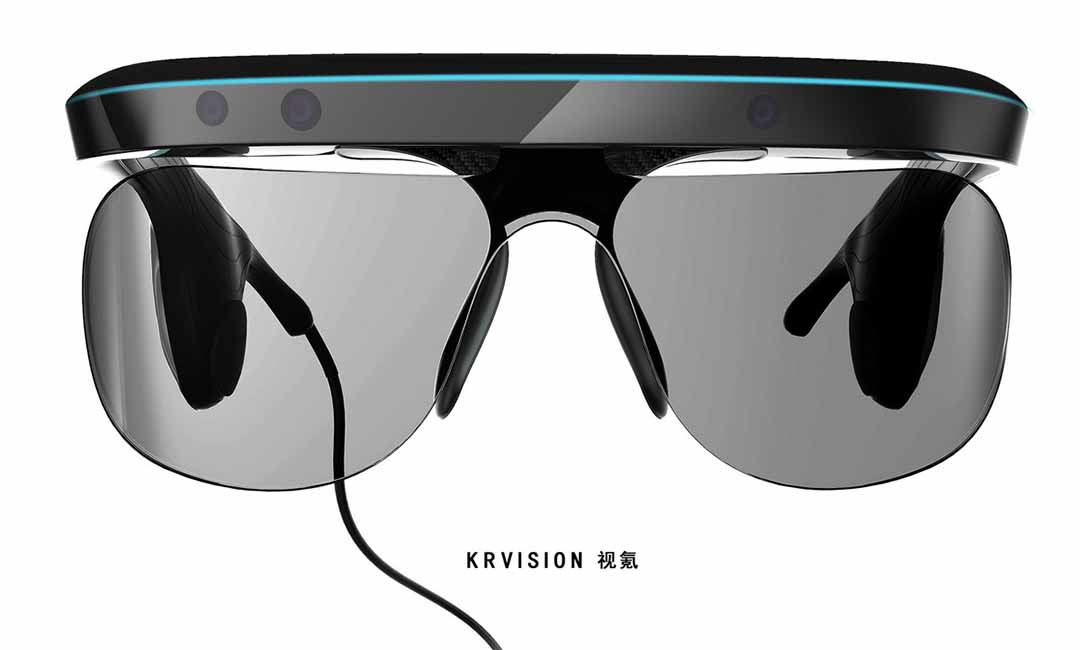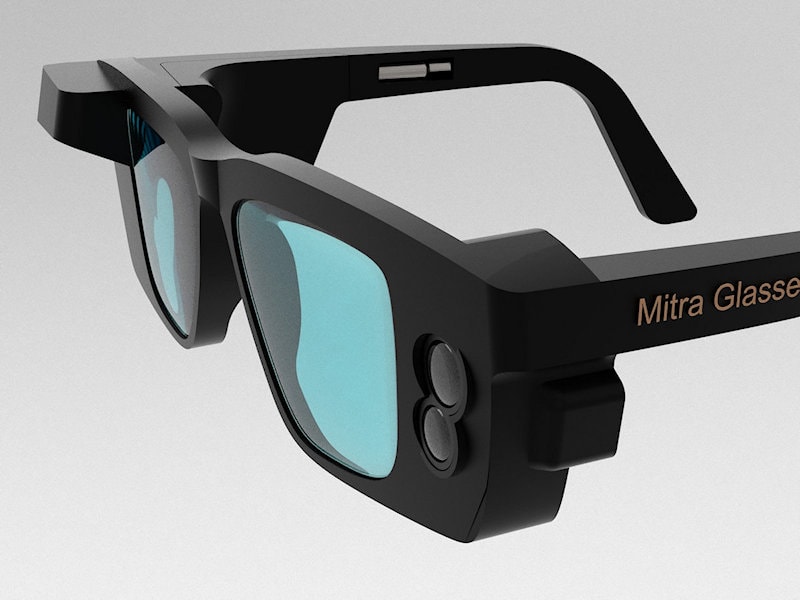AI-Powered Visual Aids: The Next Step in Assistive Technology for the Blind
AI-Powered Visual Aids: The Next Step in Assistive Technology for the Blind
Blog Article
Enhancing Accessibility Via Assistive Innovation for the Blind
The combination of assistive modern technology for the blind stands for a critical advancement in availability, essentially changing how individuals browse their settings and involve with culture. From display visitors to cutting-edge clever walking canes, these devices not just boost independence but likewise promote inclusivity in various balls of life. As we explore the diverse kinds of assistive tools and their substantial influence on everyday living, it ends up being necessary to examine how continuous technological innovations are improving the landscape of assistance for the blind area. What implications do these advancements hold for the future of availability?
Overview of Assistive Technology
Assistive modern technology describes an array of devices and software developed to improve the capabilities of individuals with handicaps, consisting of those that are visually damaged or blind. This innovation plays an important duty in advertising independence and boosting the lifestyle for customers. By providing alternative techniques for accessing details and doing day-to-day tasks, assistive technology equips individuals to browse their atmospheres extra successfully.
The growth and implementation of assistive modern technology accept a variety of principles aimed at cultivating accessibility. These principles consist of user-centered design, which prioritizes the demands and choices of the individual, and the integration of technology right into day-to-day tasks. Such improvements ensure that assistive gadgets are not just useful yet very easy and also user-friendly to use.
Additionally, assistive modern technology incorporates a varied spectrum of remedies, from low-tech options like magnifiers to state-of-the-art technologies such as screen readers and Braille display screens. The continuous development of this field is driven by the demand to address the unique obstacles dealt with by people with aesthetic problems (Wearable technology for low vision). As technology remains to breakthrough, the capacity for boosting availability and advertising inclusivity continues to be appealing, inevitably adding to an extra fair culture

Sorts Of Assistive Instruments
Countless sorts of assistive tools are offered to sustain people that are aesthetically impaired or blind, each created to resolve certain demands and challenges. These devices can be extensively classified right into three major types: low-tech, mid-tech, and modern solutions.
Low-tech gadgets consist of products such as magnifiers, Braille labels, and tactile maps. These are reasonably straightforward tools that boost the user's ability to interact with their setting without calling for complicated modern technology.
Mid-tech tools frequently entail more innovative attributes, such as electronic magnifiers and portable Braille note-takers. These tools can provide functionalities like speech output, permitting individuals to accessibility information extra efficiently.

Influence on Daily Living
The schedule of various assistive tools considerably boosts the top quality of life for people that are blind or aesthetically damaged, impacting their daily living in profound ways. By integrating Speech-to-text devices for low vision modern technologies such as display readers, Braille displays, and audio description services into their regimens, users get higher autonomy and self-reliance. These tools assist in accessibility to info, allowing individuals to execute day-to-day tasks, such as checking out e-mails, navigating public areas, and enjoying media web content.
Moreover, assistive gadgets equip people to engage more fully in social communications and neighborhood tasks. The ability to make use of smartphones equipped with availability functions allows for smooth interaction and connection with others. This connection promotes a sense of belonging and reduces feelings of isolation.
In specialist settings, assistive modern technology supports efficiency by enabling people to complete work tasks successfully. Tools like voice recognition software and specialized magnification devices allow individuals to join the labor force on equivalent ground with their sighted peers.

Advancements in Innovation
Recent technical developments have actually dramatically changed the landscape of devices offered for individuals that are visually impaired or blind. The integration of expert system (AI) and maker knowing has actually generated applications that improve navigating and item acknowledgment. As an example, smartphone apps can currently utilize AI to determine and explain surroundings in real-time, giving users with valuable contextual details.
In addition, developments in haptic innovation have actually brought about the growth of wise walking canes geared up with sensors that spot obstacles and give tactile feedback. This encourages individuals to navigate their setting with increased confidence and freedom. Furthermore, advancements in text-to-speech software and braille displays have improved the access of digital material, permitting for smooth communication with different media.
Wearable technologies, such as smart glasses, are additionally making strides in assisting visual impairment. These tools can offer increased fact experiences, overlaying critical info onto the customer's field of vision. Collectively, these improvements not only boost the lifestyle for individuals who are blind yet also advertise higher addition in culture. As modern technology continues to progress, the possibility for a lot more transformative devices remains imminent.
Future Trends and Innovations
As innovation rapidly proceeds, the future of assistive devices for people that are blind holds enormous guarantee. Technologies in expert system (AI) and artificial intelligence are positioned to revolutionize the means blind individuals communicate with their settings. As an example, AI-driven applications are being developed to improve things recognition, permitting customers to identify and browse their environments with better convenience and precision.
Furthermore, advancements in haptic comments technology are enabling the development of responsive maps and navigation help that give real-time info via touch. These advancements not only boost mobility however additionally foster freedom. In addition, wearable devices furnished with augmented truth (AR) attributes are arising, supplying customers aesthetic info through sound summaries, thereby bridging the void between the electronic and physical globes.
In addition, the assimilation of clever home modern technology provides brand-new opportunities for ease of access, permitting people to control their living atmospheres via voice commands or smart device applications. As cooperation in between tech programmers and the blind community proceeds, the concentrate on user-centered layout will ensure that future technologies are customized to fulfill the special requirements of this populace (Wearable technology for low vision). The trajectory of assistive modern technology assures a more inclusive and empowering future for individuals that are blind
Verdict
In verdict, assistive technology plays a crucial role in enhancing ease of access for individuals with aesthetic problems. Continual innovations in innovation and user-centered layout make sure that these tools provide effectively to the one-of-a-kind needs of the blind community.
The integration of assistive technology for the blind represents a crucial development in ease of access, basically changing exactly how individuals navigate their environments and engage with culture.Assistive technology refers to an array of gadgets and software program created to boost the capacities of people with disabilities, including those that are blind or visually damaged. Wearable technology for low vision.As technology rapidly advances, the future of assistive tools for people that are blind holds enormous assurance. The trajectory of assistive technology promises an extra empowering and inclusive future for individuals who are blind
In verdict, assistive technology plays a critical role in improving ease of access for individuals with aesthetic disabilities.
Report this page